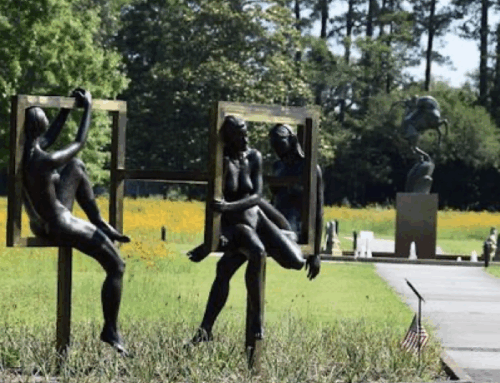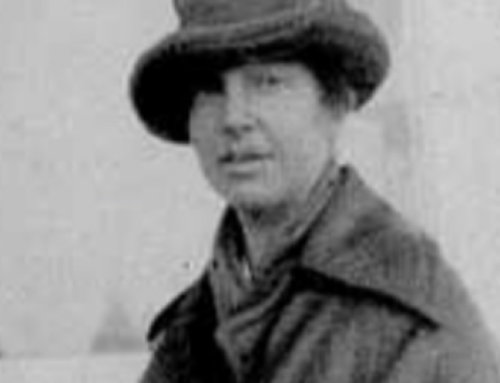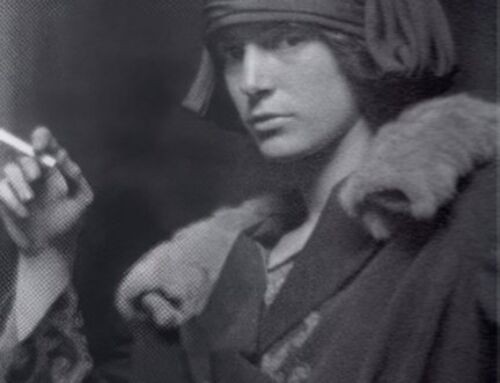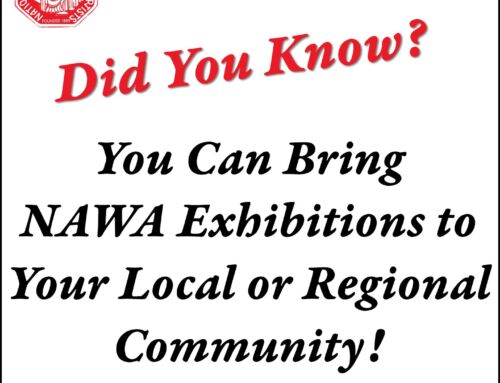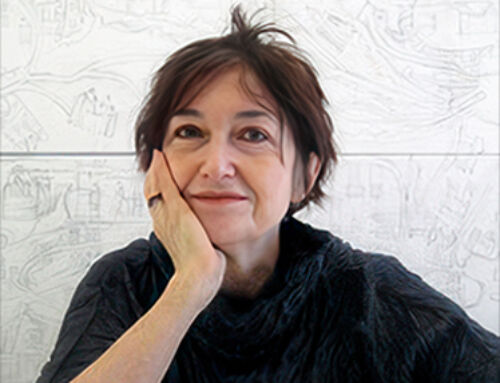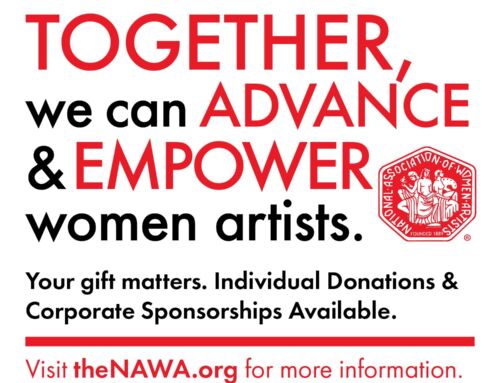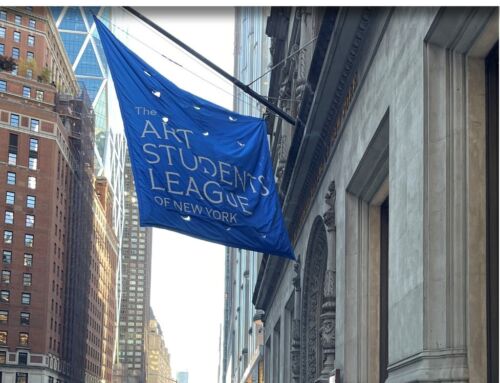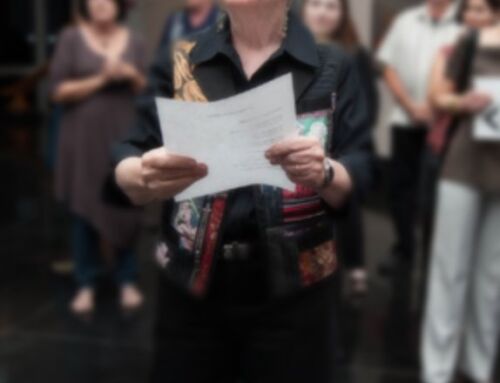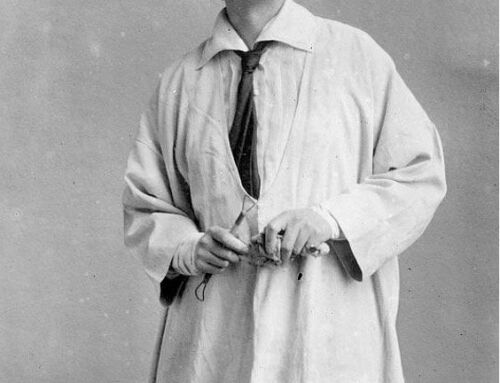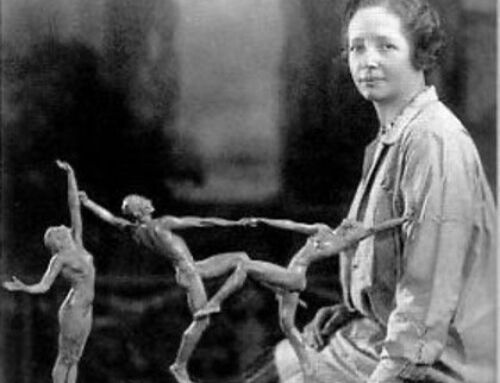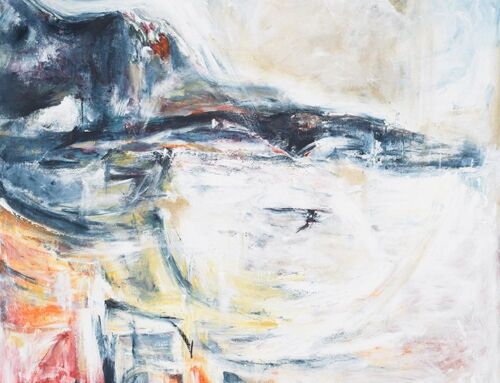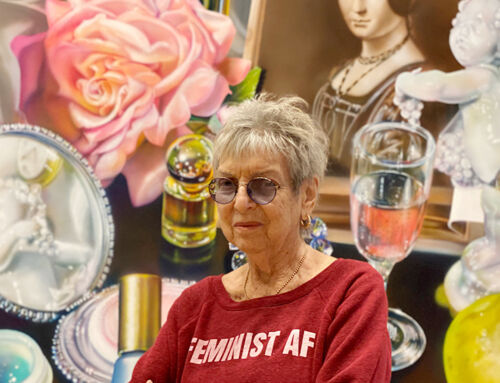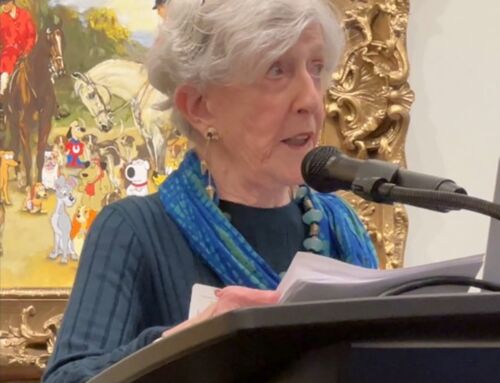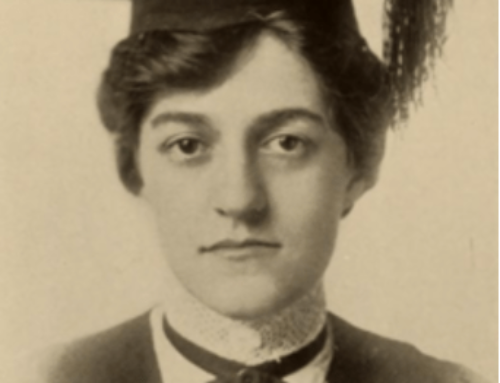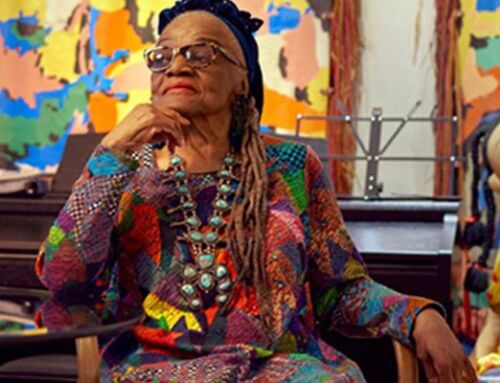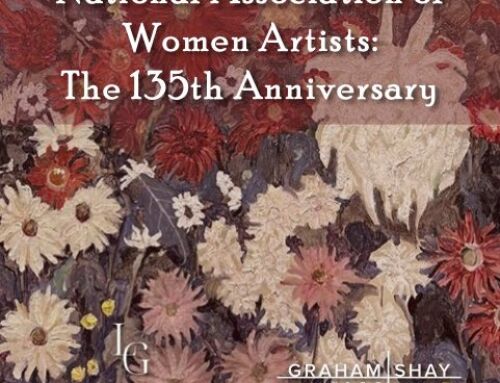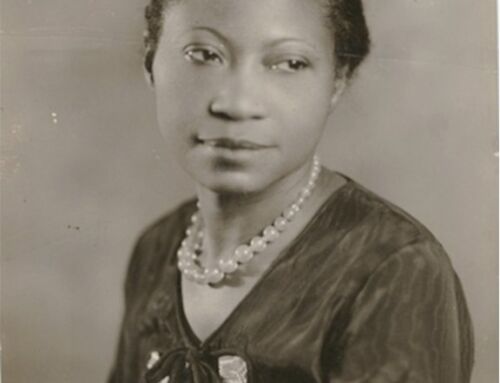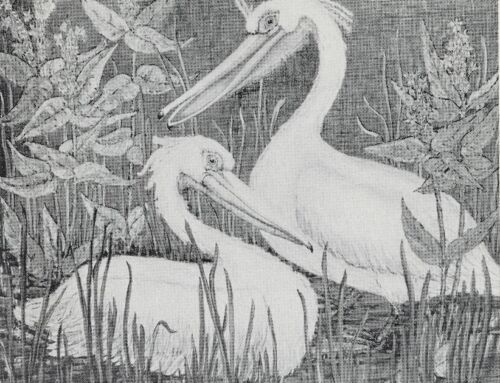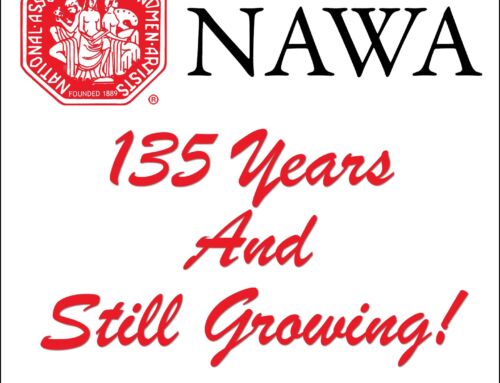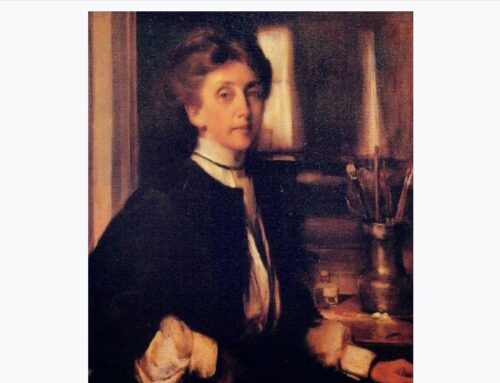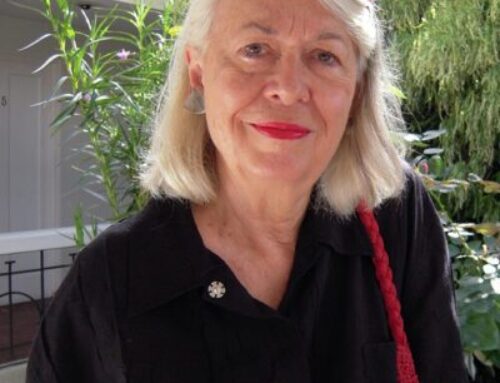NAWA Nationwide – Coastal Contrasts
NAWA Nationwide is a series of articles contributed by NAWA Members located throughout the US.
Coastal Contrasts: Navigating the Cultural Currents of America’s Opposing Shores
In a melting-pot country, in a melting-pot world, it’s still nevertheless easy to identify some things associated with particular countries; Pasta and pizza is associated with Italy, tacos with Mexico, and sushi with Japan.

Jeni Bate – (West Coast Artist) The Four Hours of the Equinox
Within the United States, it’s possible to associate for example different music types with different geographic areas – Bluegrass with the Appalachians, Jazz and Blues with Chicago or New York, and Country with the South. But can we also discern any differences between the art we find in the East Coast and West Coast regions? As working artists located in the Southwest (Jeni Bate is in California and Nancy Good is in Nevada), the differences feel like they are there, but maybe they aren’t necessarily easily identified at first glance, and we wanted to know why we felt this way.
Maybe it would serve our membership to dig a bit deeper into this topic? Although NAWA has National as its first name, it’s still predominantly an East Coast organization, based on the location of exhibition opportunities and the location of most of its membership. This imbalance in representation we know isn’t due to a lack of interest in artists from other parts of the country; it’s simply a byproduct of the important regional origins and long-standing history of the organization. We are optimistic that this is in the process of changing, as more westward-based women artists learn of NAWA and join our membership.

Nancy Good – Mojave Spirit Dreaming
Research into the cultural histories of these different coastlines may be helpful in revealing some foundational differences. The now booming cities of the east were primarily born of early European colonization (tragically supplanting thriving indigenous populations). The original colonization brought with it the artistic ideas and influences from mostly white settlers seeking a better life. As cities grew and history progressed, much of the artistic heyday first experienced by New York came during World War II, as Nazi Germany dismantled the art centers of important cities in Europe, such as Paris. As artists and creatives fled the horrors they were experiencing in Europe, New York became the newest (and safest) art center of the world. This too, no doubt, has an effect on the artistic expression of the region. We simply cannot look at our art histories without looking at the historical impact of world events on our very humanity.
As for the West Coast, historically, the earliest influences (other than the wrongfully displaced indigenous peoples) had been from further south, i.e. Mexico, South America, and the Spanish Conquistadors who brought their religion and cultures to a “new world.” Over time, populations and cultures have melded together in unique and vibrant expressions of life and art. Rugged and independent individuals who traveled west into the unknown and dangerous territories of a young United States would themselves become the seeds of the artists to come. Additionally, even a bit of a deep dive into research as to personality differences between the coastlines reveals that the East Coast tends to be a more reserved, aloof, impulsive, irritable, and inquisitive people, while the West Coast tends to be more innovative, empathetic, cooperative, and relaxed. That is not to say that this is the case with every individual from either coast, but these are certainly intriguing findings to keep in mind when discussing differences in artistic expression.
Of course, any attempts to definitively state “These are the differences,” can just as easily be met with valid arguments as to exceptions. This is what makes art such a vibrant language! It is made up of all of human experience, whether directly experienced or not.
Article Contributed by:
Jeni Bate and Nancy Good. Signature Members of NAWA
Special thanks to Linda Post, NAWA Signature Member for the use of the image of her painting.

Linda Post – (East Coast) – The Procession of Hope and Feathers



